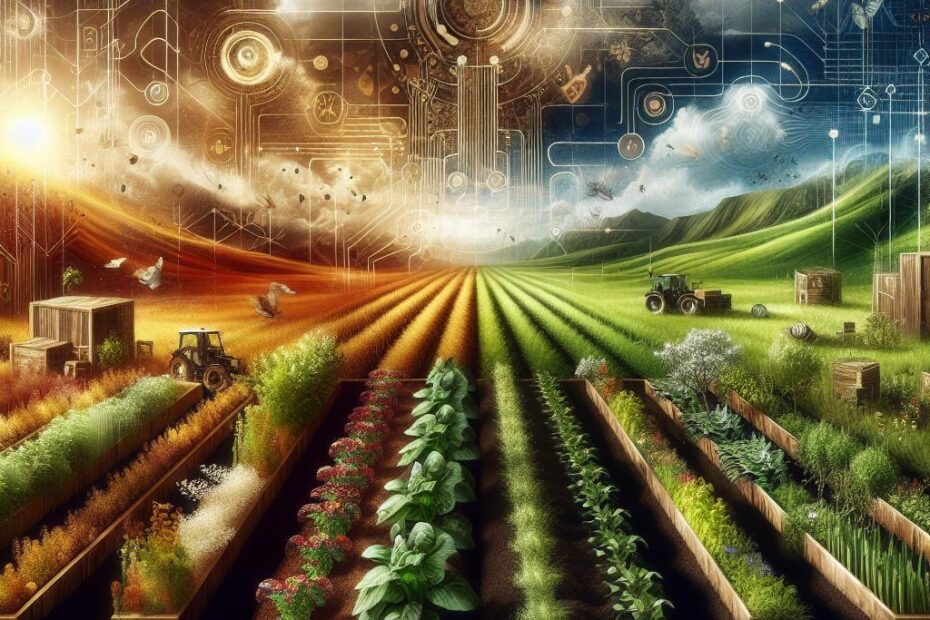Raised Bed Soil vs In Ground Soil: Which is Better for Your Garden?
When it comes to gardening, one of the key decisions you’ll need to make is whether to use raised bed soil or in ground soil. Both options have their own set of pros and cons, so it’s important to understand the differences between them before making a choice. In this article, we’ll explore the benefits and drawbacks of both raised bed soil and in ground soil, as well as provide some practical tips for successful gardening in each type of environment.
Benefits of Raised Bed Soil
Raised bed soil offers several advantages for gardeners, including:
- Improved drainage: Raised beds drain more effectively than in ground soil, helping to prevent waterlogged roots and soil compaction.
- Better soil quality: You have more control over the quality of the soil in a raised bed, allowing you to customize it for your specific plants and gardening needs.
- Less weeding: Raised beds tend to have fewer weeds than in ground soil, making maintenance easier for busy gardeners.
Practical Tips for Raised Bed Gardening
If you decide to opt for raised bed soil in your garden, here are a few practical tips to keep in mind:
- Use a mix of topsoil, compost, and other organic matter to create a nutrient-rich soil blend.
- Consider adding a layer of mulch to help retain moisture and prevent weeds.
- Regularly check the drainage in your raised beds to ensure that excess water is draining properly.
Benefits of In Ground Soil
While raised bed soil has its advantages, in ground soil also offers some benefits for gardeners:
- Cost-effective: In ground soil is generally less expensive to work with than raised bed soil, as you won’t need to build or buy raised bed frames.
- Natural ecosystem: Planting directly in the ground allows your plants to interact with the natural ecosystem, which can promote healthy growth and biodiversity.
- More space: In ground gardening allows you to utilize your entire yard for planting, rather than being limited to the space within raised bed frames.
Practical Tips for In Ground Gardening
If you prefer to use in ground soil for your garden, here are a few practical tips to help you succeed:
- Test your soil before planting to determine its pH levels and nutrient content.
- Consider using raised rows or mounds to improve drainage in areas with heavy or compacted soil.
- Rotate your crops each season to prevent depletion of nutrients in the soil and reduce the risk of pest infestations.
Comparing Raised Bed Soil vs In Ground Soil
| Factor | Raised Bed Soil | In Ground Soil |
|---|---|---|
| Cost | Higher due to the need for raised bed frames and soil amendments. | Lower, as you can work directly with existing soil. |
| Control | More control over soil quality and composition. | Less control, but plants can interact with the natural ecosystem. |
| Space | Limited to the size of the raised bed frames. | Utilize your entire yard for planting. |
Conclusion
Ultimately, the choice between raised bed soil and in ground soil comes down to personal preference and the specific needs of your garden. If you value control over soil quality and drainage, raised bed soil may be the best option for you. On the other hand, if you prefer to work with the existing natural ecosystem and have more space to plant, in ground soil might be the better choice. Whichever option you choose, proper soil preparation, maintenance, and care are key to a successful garden.
